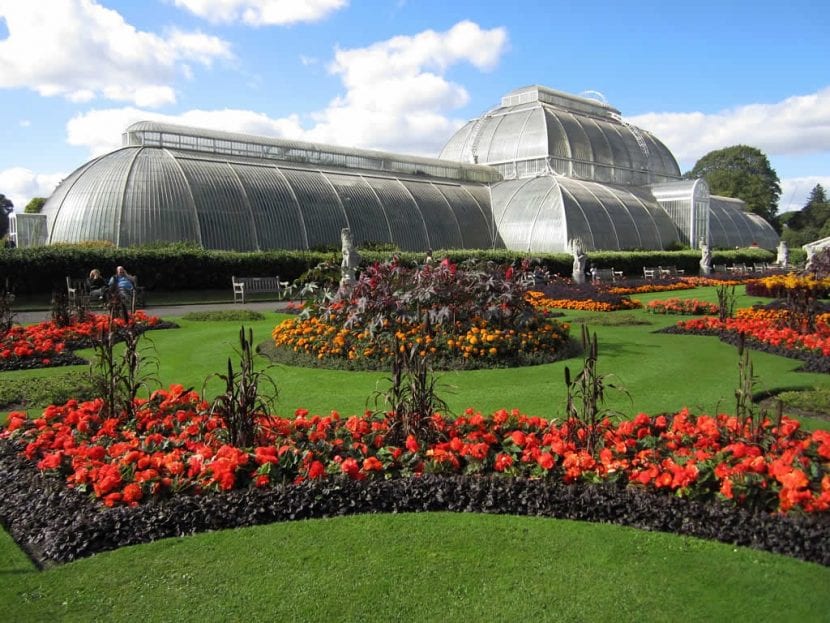
Image - Flickr / D-Stanley
El Royal Botanic Gardens, Kew It is one of the most important botanical gardens in the world, so much so that it was declared a World Heritage Site by UNESCO in 2003.
Its surface is huge, occupying 120 hectares, and there are so many plants that, if you plan to go, you will surely enjoy it like a child. Here we offer you an appetizer of what you can find there.
What is the history of the Royal Botanic Gardens at Kew?
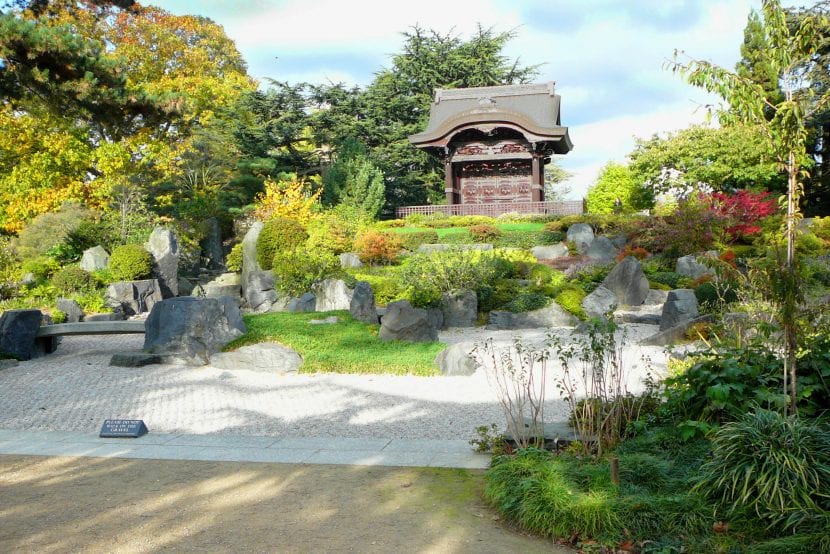
Image - Wikimedia / Gossipguy
Kew Gardens, as they are also called, originate from an exotic garden built by the Lord Chaplain of Tewkesbury in 1761. Around that time, Sir William Chambers built several structures, such as the Chinese pagoda that still stands there today.
A little later, in 1802, King George III enriched the gardens, assisting the botanists William Aitor and Sir Joseph Banks. In addition, this same king acquired, in 1781, the "Dutch House", which was used as a nursery for the royal infants and is known today as "Kew Palace" or "The Kew Palace" in English.
In 1840 the gardens became recognized as a national botanical garden, under William Hooker, who was the new director. Hooker expanded the area of the gardens by 30 hectares, and the walkways or arboretum up to 109ha. Later they increased until reaching the 120ha they occupy today.
One of the most impressive sites in all of Kew is "The Palm House", or The Palm House, which was built between 1841 and 1849, which is a cast iron structure within which a variety of tropical plants and palm trees grow. , like a Jubaea chilensis.
In more recent years, in 1987, Princess Diana inaugurated the third largest greenhouse, which they gave the name of Princess of Wales. And in July 2003, Unesco included all Kew Gardens on the list of World Heritage Sites.
How important is it?
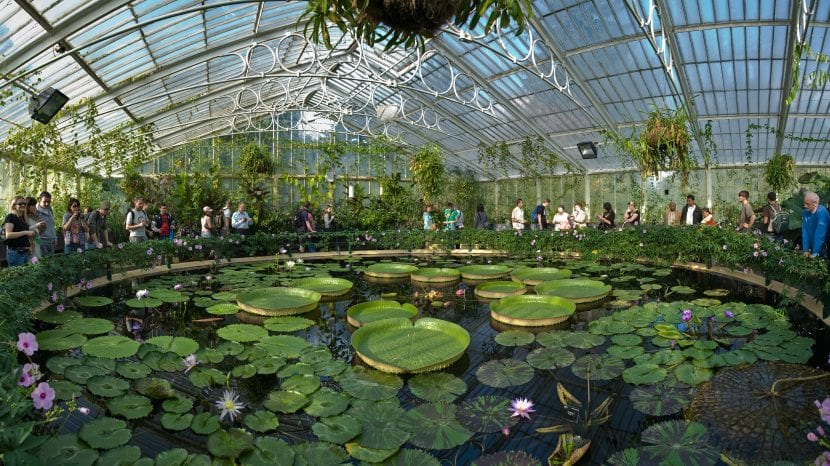
Image - Wikimedia / Diliff
All botanical gardens are important to the world; not in openings, they are green areas that help to have a better air quality, something that is much needed, and increasingly, as a result of urbanization. But Kew's is also a center for botanical studies and has its own seed bank.
As if that weren't enough, it cooperates with the Harvard University Herbarium and the Australian National Herbarium on the basis of the International Plant Names Index (IPNI). And although London's climate and atmospheric conditions are not very favorable (pollution, little rain), it is home to a very interesting collection of British plants.
Outside of London, it has created two stations: one at Wakehurst Place in Sussex, and another at Bedgebury Pinetum in Kent, the latter specializing in conifers.
Where is the Royal Botanic Gardens at Kew on the map?
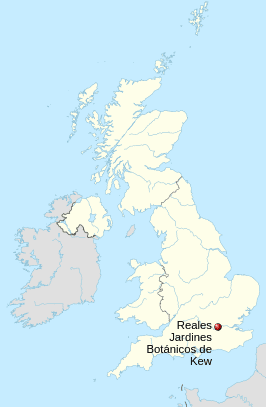
Image - Screenshot
To visit these gardens we have to go to the southwest of London (England), between Richmon upon Thames and Kew. The entry price is:
- Adults: between 16 and 17,75 pounds.
- Children 4-16 years: 4 pounds
- Children under 4 years: free
- People with disabilities, students and people over 60: between 14 and 15,50 pounds
- »Friends of the Kew»: free
And schedule It is from 10 in the morning until 18:30 p.m. or 19:30 p.m. in summer, 18 in October and 16 in winter. Open all year.
Anyway, we recommend taking a look at the botanical garden website since both the price and the schedule could vary.
What can we see?
Apart from everything we have said so far, which is not a little 🙂, there are certain elements and sites that must be visited, either for their history, their characteristics, or all at once. These are:
Pagoda
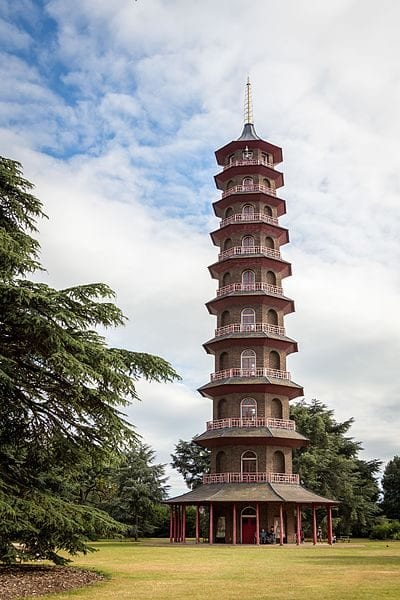
Image - Wikimedia / Rafa Esteve
We have mentioned it before. It was erected in 1762, from a design that was imitated from Chinese architecture. It has a height of 50 meters, and each floor has a projecting roof. Its walls are made of bricks, and it has a staircase in the center.
Statues
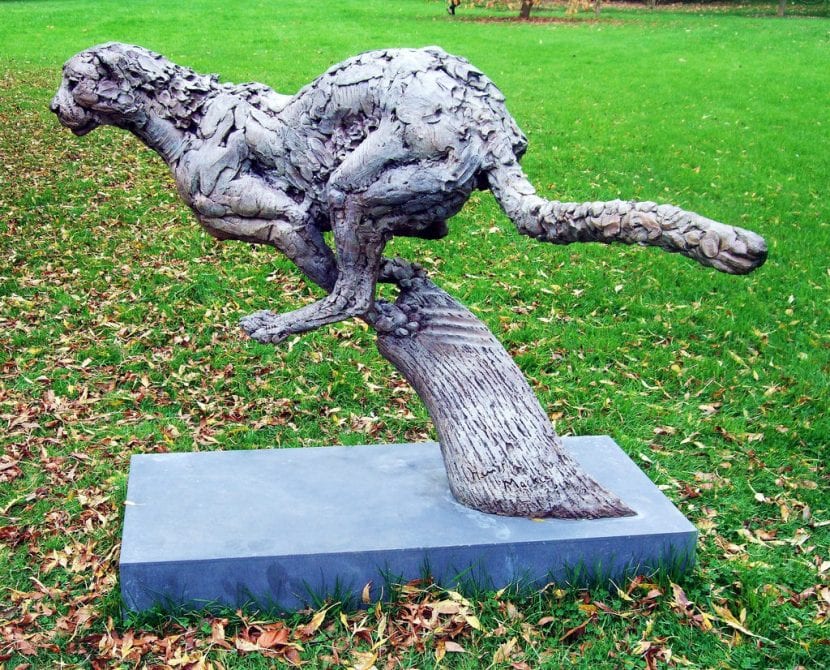
Image - Flickr / Jim Linwood
In total, there is a row of ten statues of animals with heraldic shields near »La Casa de la Palmera». They are called "The Queen's Animals", specifically Queen Elizabeth II. They were carved from Portland stone, and are replicas of the originals made by James Woodford for the Queen's coronation in 1953.
Museums and gallery
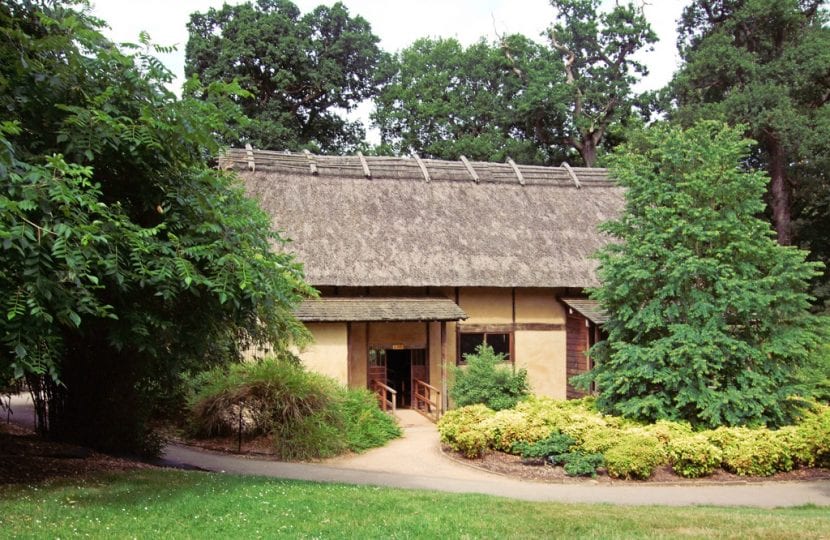
Image - Flickr / Jim Linwood
Near »La Casa de las Palmeras», we find the »Museum no.1', Which was opened to the public in 1857 with the intention of showing how humans depend on plants for food, clothing or tools, and so on.
Very close to this, we can see the »Marianne North Gallery», An artist who traveled throughout America and much of Asia painting plants. There are about 832 paintings.
Another curious site found in Kew Gardens is a Japanese house called minka, which was acquired during the 2001 Japan festival. Its original location was a suburb of Okazaki, in the Japanese country, but now it can be seen in the Royal Botanical Garden.
Why go to the Royal Botanic Gardens at Kew?
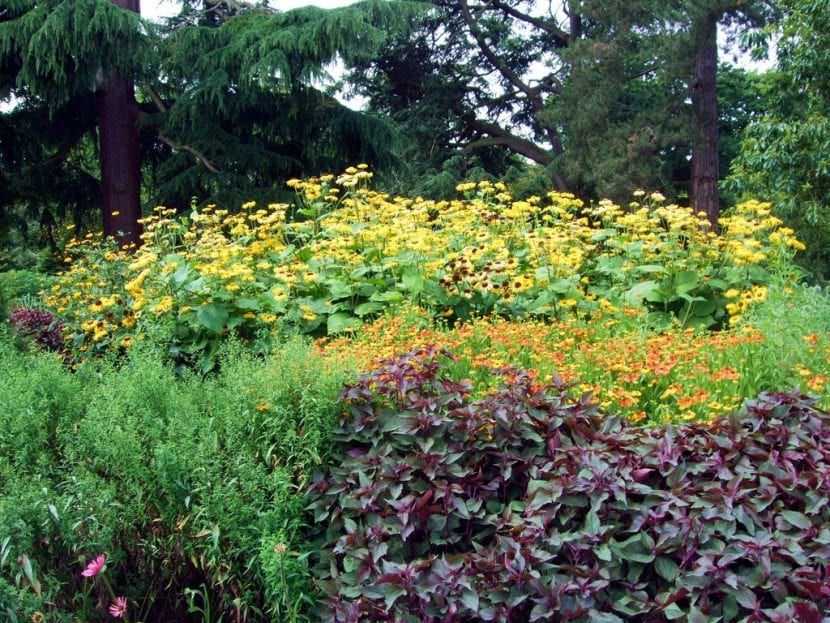
Image - Flickr / Jim Linwood
Why? Well, there is no single answer, so to leave me nothing, I put it in list format 🙂:
- There are a large number of plants, both indigenous and exotic, that you will not only be able to see, but you will also be able to learn a lot about them.
- You can come up with garden design ideas, which you can then put into practice in your own garden.
- You will have time to read the books you want from your library.
- If you are hungry, you can eat at the various facilities made for that purpose in the place.
- You can buy in any of its stores and take away a unique souvenir.
- Because you love plants.
So nothing, I said. If you dare to visit it, or if you have already been, tell us about your experience. And if at the moment you can or do not want to visit it, we hope you liked this article. 🙂